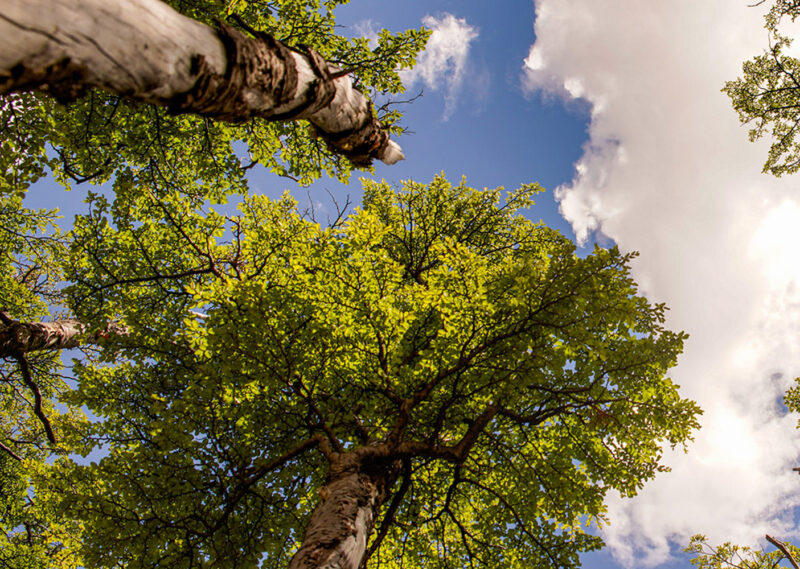Most people associate circadian rhythms and internal clocks with humans and animals, but plants have them too. And a new study reveals that warming temperatures are disrupting the internal clocks of trees.
The study focused on lenga beech trees, specifically Nothofagus pumilio saplings, which are native to the Andes. Higher temperatures greatly impact the 24 genes that regulate their circadian clock.
Their expression and the amount of proteins these genes code for fluctuate throughout the day. The trees’ circadian clocks adjust their processes to the environmental cycles overt the days and months. In unfamiliarly warm temperatures, these circadian oscillations fall into confusion.
Thermal niche
As the climate changes, the trees’ photosynthesis and ability to grow in spring and go dormant in winter struggle because of the affected genes. The accuracy of a tree’s internal clock depends on staying under the upper temperature of that individual species’ “thermal niche.” This upper temperature can even impact a seedling’s ability to adapt to change.

Lenga beech forest. Photo: lastorres.com
The team compared the lenga beech saplings to those of another Nothofagus species, the Nothofagus obliqua. The species are essentially cousins in the tree world. They both grow in Patagonia but at different temperatures and altitudes. N.obliqua naturally grows in warmer temperatures.
In the study, researchers grew the saplings of both species in the same conditions, temperatures more akin to what N.obliqua normally grows in. Only the N.pumilio failed to maintain its normal circadian rhythm.
Even after training the N.pumilo to reset its internal clock in the lab by controlling light cycles, the saplings still struggled. They had lower survival and growth rates than their heat-loving cousins.
Very little is known about the circadian clocks within plants and what processes they regulate. However, the study does show that higher temperatures affect tree growth. If the world climate continues to increase, then the N.pumilio and the Patagonian forest in which it grows are at risk.
Plant physiologist Maria Eriksson, who was not part of the study, told New Scientist that other plants have shown similar effects. For example, changing the temperature has caused chestnut and aspen trees to go dormant out of season. A plant’s circadian clock triggers dormancy.
If you project the study onto a larger scale, it suggests that as global temperatures rise, the compositions of forests worldwide could change drastically.






